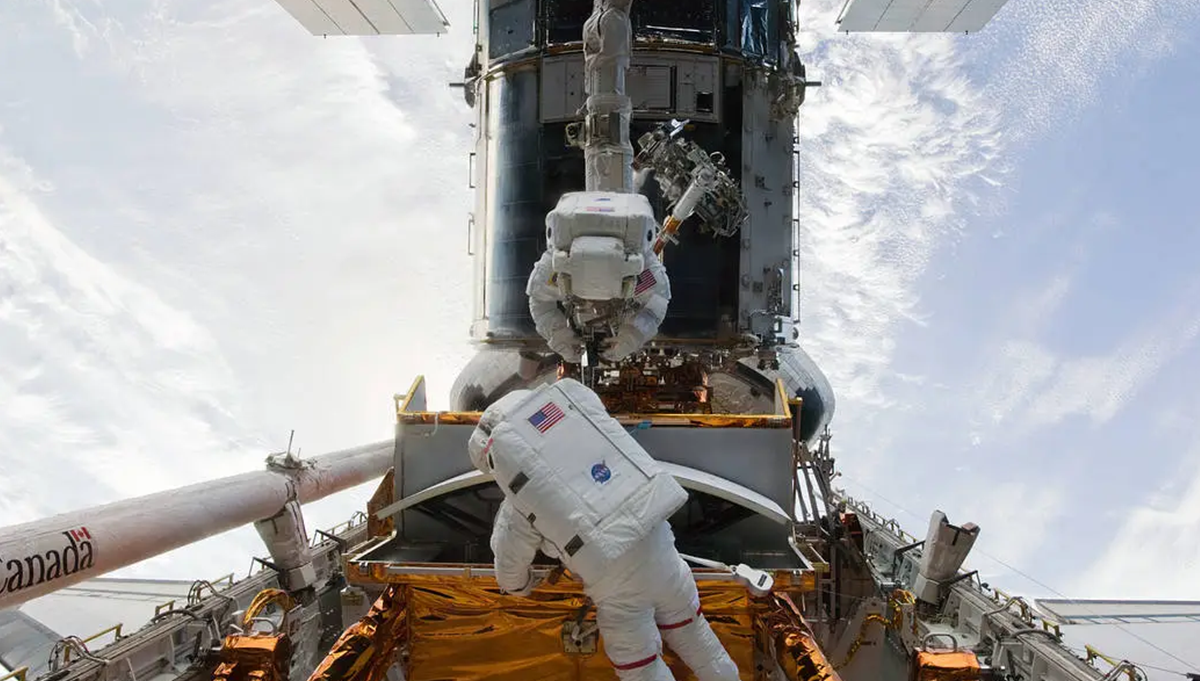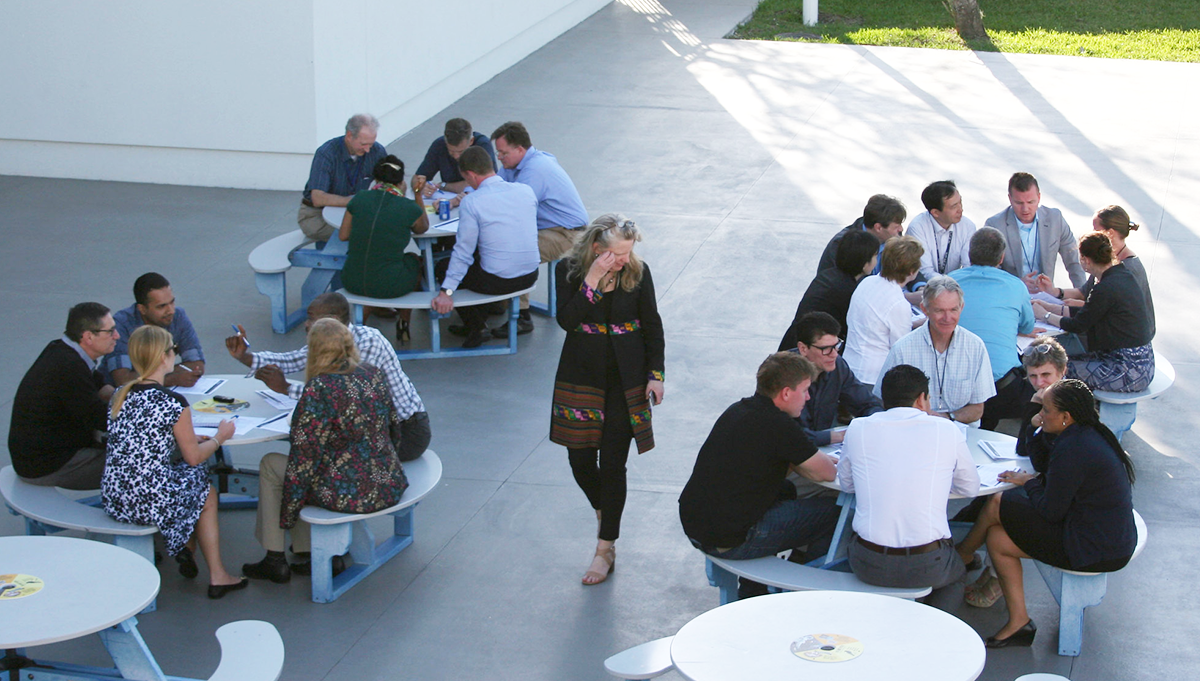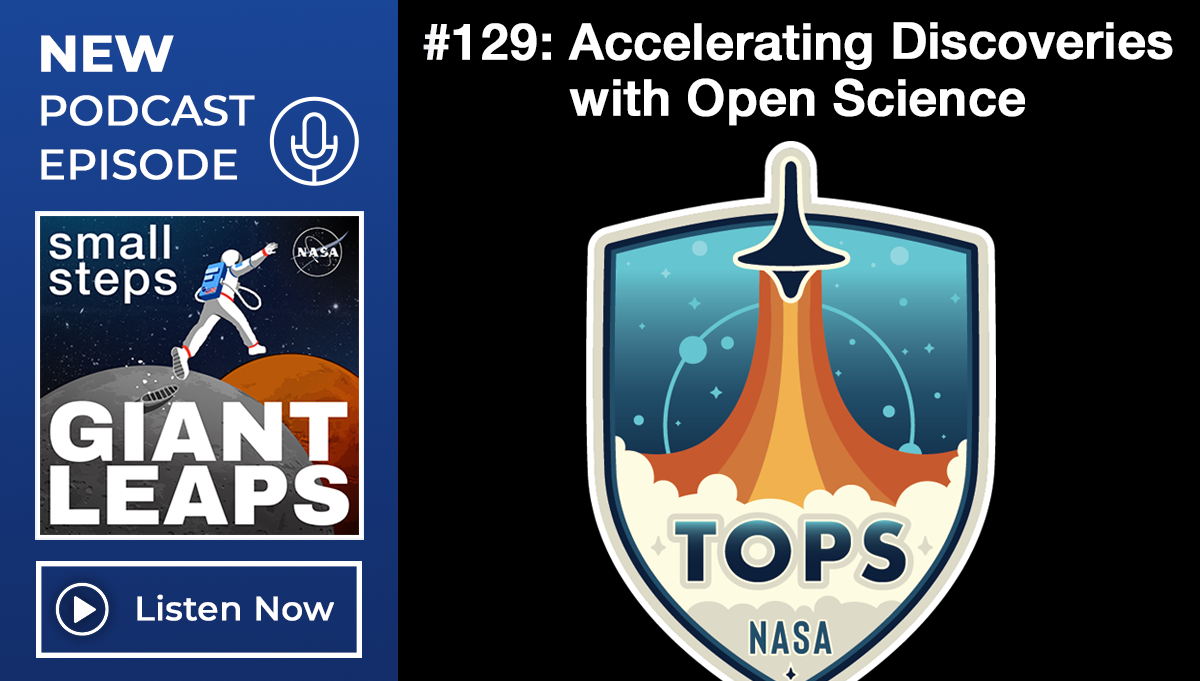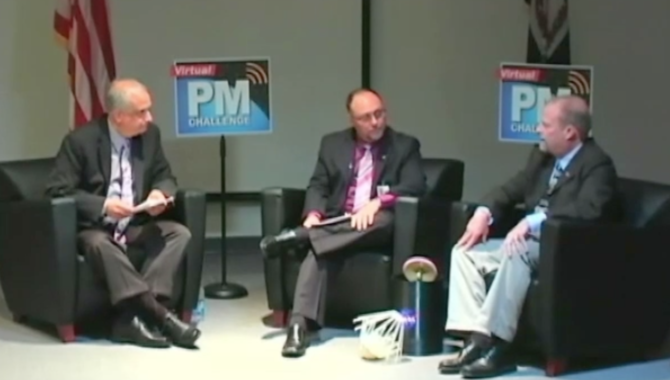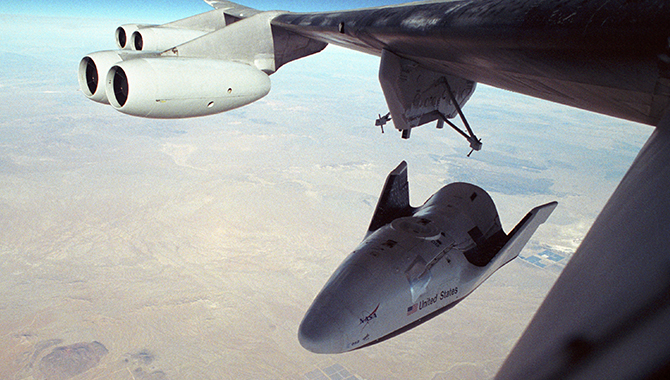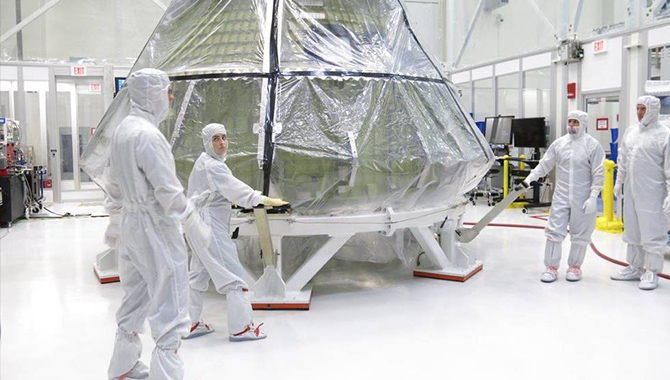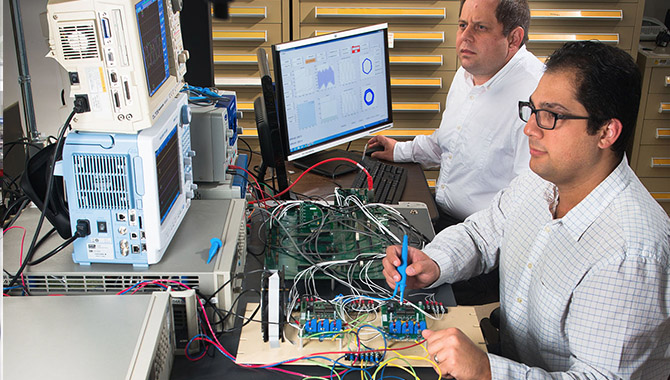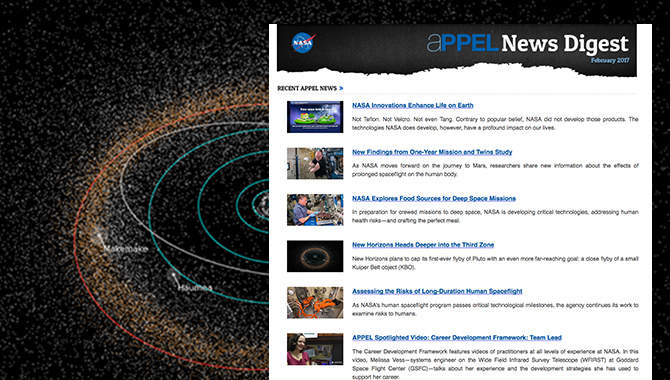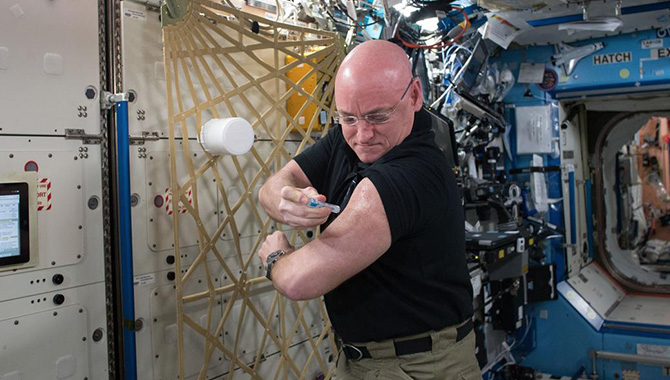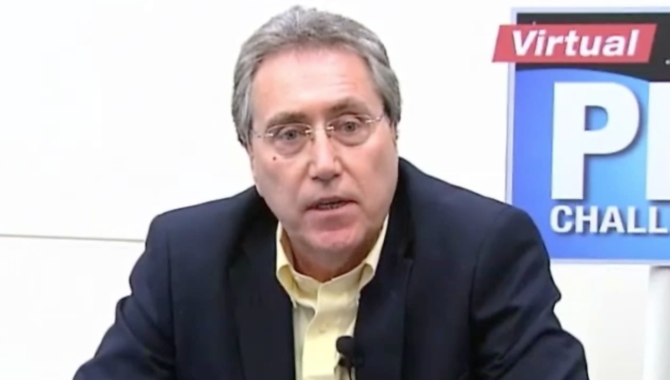
Time: December 2, 2014 @ 11 – 1 pm (EST) Presenters: Roger Forsgren, APPEL Director Stephen Angelillo, APPEL Deputy Director Donna Wilson, Curriculum Manager Abstract: The technical workforce—those involved with project management and systems engineering—is an integral part of NASA’s efforts and achievements. But who helps members of the technical workforce achieve their professional development goals? […]


